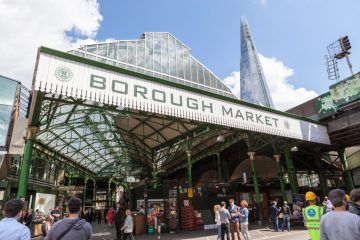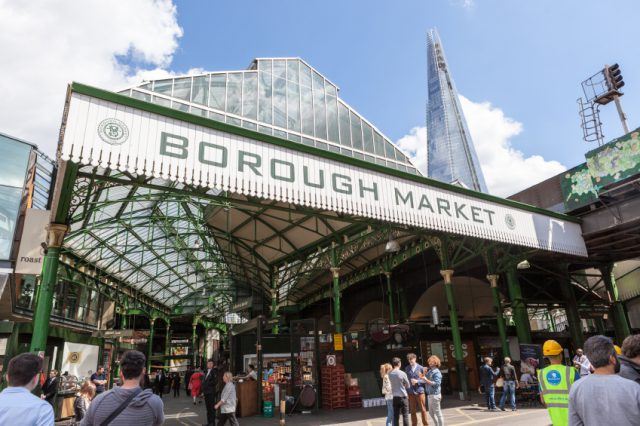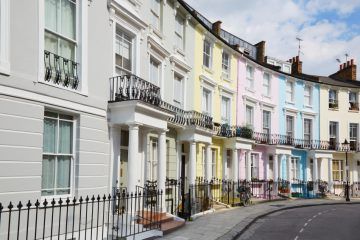The most common reason for London property owners to sell their homes in the first quarter (Q1) of 2016 was to release investments, according to Marsh & Parsons.
The estate agent found that four in ten (43%) sellers in prime London put their properties on the market in order to release their investments, making this the most common reason for selling.
Behind this, almost a third (29%) put their home up for sale to upsize to a bigger property. A further one in five (19%) intended to relocate after finding a buyer. Just 5% of prime London sellers put their property on the market in order to downsize, while 3% of prime London homes were sold due to divorce in Q1 2016.
A much greater proportion of vendors sold their homes to upsize in outer prime London areas. In locations such as Balham, Battersea, Queen’s Park, East Sheen and Clapham – popular spots with first time buyers and young families – 34% of sellers put their homes up for sale to move to a bigger property.
In prime central London, where the average house price is much higher and often demands the top rate of Stamp Duty, just 12% of sellers planned to upsize. Instead, releasing investments was the main reason to sell, accounting for almost half (49%) of all sales – a higher proportion than anywhere else in the capital.

London Property Owners Sell to Release Investments
Relocating was the second biggest reason for selling in prime central London, with 21% of homeowners putting their homes on the market for this purpose. Downsizing was also more common in prime central London than the wider capital average, with 9% of property owners planning to move to a smaller home.
The CEO of Marsh & Parsons, David Brown, comments: “The London property market has long been the home of outstanding capital returns, especially in infamous prime central postcodes. The vast majority of Londoners are understandably attempting to capitalise on the rapid rise in house prices over the past few years, alongside the steady stream of eager buyers, by selling their home in order to liquidate their investment.
“But in prime central areas, there is much greater appetite to downsize and relocate elsewhere, to circumvent the more stringent Stamp Duty levy, which they will have to pay as a buyer on their next purchase.”
He adds: “However, property sellers in outer prime London are more likely to be looking to move up the ladder. These more affordable locations act as a great springboard for many first time buyers and young professionals, with lower property prices enabling their first foray onto the housing ladder, yet still delivering some of the strongest house price growth and capital returns on offer across the capital.”
Among sellers of properties costing above the highest Stamp Duty threshold of £1.5m, downsizing was much more likely to be the reason for a sale, at 29%.
Overall, releasing investments, at 33%, was the main reason for selling a property at this level of the market. However, property supply is smallest within this tax bracket, with just 11% of all sales in Q1 2016 costing over £1.5m.
Of the homes sold within the Stamp Duty bracket of £950,001-£1.5m, releasing investments was a much more common reason behind the decision to sell (50%), followed by upsizing (23%), relocating (13%) and downsizing (10%).
The majority of Q1 sales (69%) cost between £250,001-£925,000, with none of these sellers planning to downsize. Instead, upsizing was more common (32%) for these vendors, while releasing investments was less of a concern (42%) than in other tax brackets.
Brown continues: “Those selling the most expensive and exclusive homes in London have to be aware of the much increased rate of Stamp Duty now liable on purchases. Concerns about the impact this had had on buyer interest or of having to compensate for this additional cost in their asking prices has dampened some seller enthusiasm over the past year, but as the new status quo beds in, property is still coming up for sale regularly, and we’re now seeing homeowners getting on with life decisions. The impact of the Stamp Duty revisions is perhaps now more evident in the fact that sellers at the top end are looking to downsize and avoid this higher levy on their next move.”









